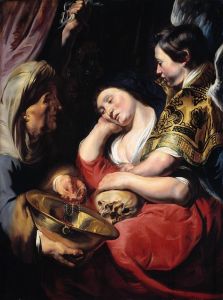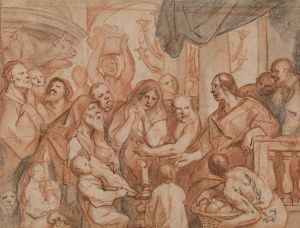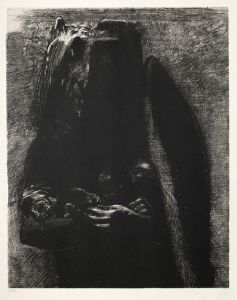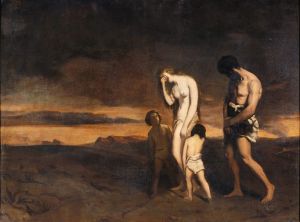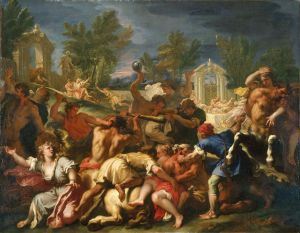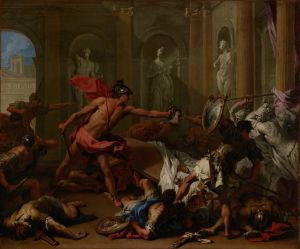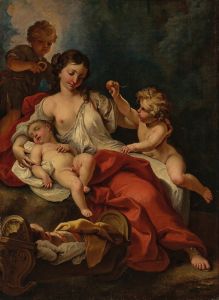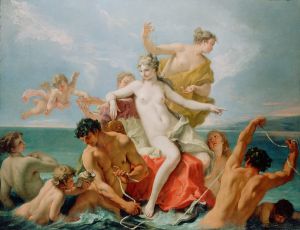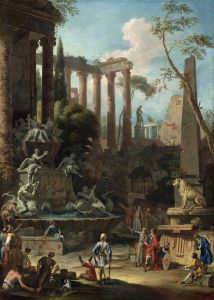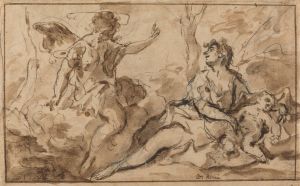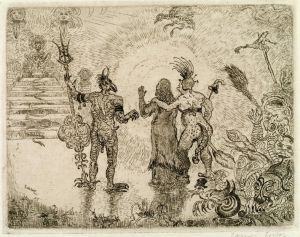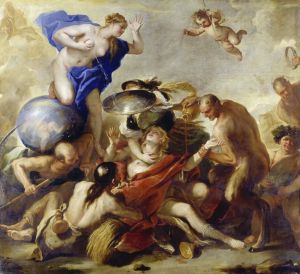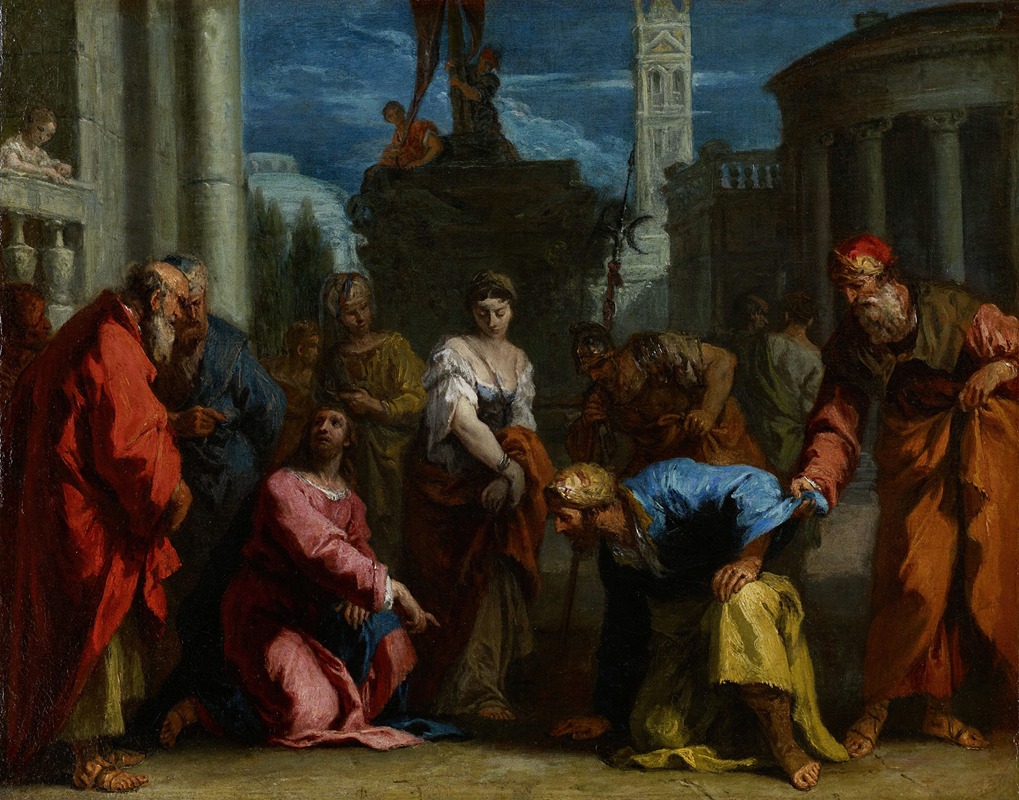
Christ and the Woman Taken in Adultery
A hand-painted replica of Sebastiano Ricci’s masterpiece Christ and the Woman Taken in Adultery, meticulously crafted by professional artists to capture the true essence of the original. Each piece is created with museum-quality canvas and rare mineral pigments, carefully painted by experienced artists with delicate brushstrokes and rich, layered colors to perfectly recreate the texture of the original artwork. Unlike machine-printed reproductions, this hand-painted version brings the painting to life, infused with the artist’s emotions and skill in every stroke. Whether for personal collection or home decoration, it instantly elevates the artistic atmosphere of any space.
Sebastiano Ricci's Christ and the Woman Taken in Adultery is a painting that depicts the biblical story from the Gospel of John (John 8:1–11). This narrative recounts the moment when a woman accused of adultery is brought before Jesus by the scribes and Pharisees, who seek to test Him. According to the account, Jesus responds by saying, "Let him who is without sin among you be the first to throw a stone at her." This statement causes the accusers to leave one by one, and Jesus ultimately tells the woman that He does not condemn her, instructing her to "go, and sin no more."
Sebastiano Ricci (1659–1734) was an Italian Baroque painter known for his dynamic compositions, vibrant use of color, and fluid brushwork. He was a prominent figure in the Venetian school of painting and played a significant role in the transition from the Baroque to the Rococo style. Ricci's works often featured religious, mythological, and allegorical themes, and he was highly regarded for his ability to convey drama and emotion through his art.
The painting Christ and the Woman Taken in Adultery exemplifies Ricci's mastery of composition and his ability to capture the psychological tension of a moment. In this work, Ricci portrays the figures with expressive gestures and dramatic contrasts of light and shadow, emphasizing the moral and spiritual weight of the scene. The central figure of Christ is depicted with calm authority, while the woman appears humbled and penitent. The surrounding figures, likely representing the accusers, display a range of emotions, from indignation to introspection.
The exact date of the painting's creation is not definitively known, but it is believed to have been produced during Ricci's mature period, when he was at the height of his artistic career. The work reflects the influence of earlier Venetian masters, such as Titian and Veronese, as well as Ricci's own innovative approach to composition and color.
The current location of Christ and the Woman Taken in Adultery is not specified in widely available sources, and further details about its provenance or commission are not well-documented. However, the painting remains an important example of Ricci's religious works and his ability to interpret biblical themes with both dramatic intensity and human empathy.
This artwork is a testament to Ricci's skill as a storyteller and his contribution to the development of Venetian painting during the late Baroque period.





